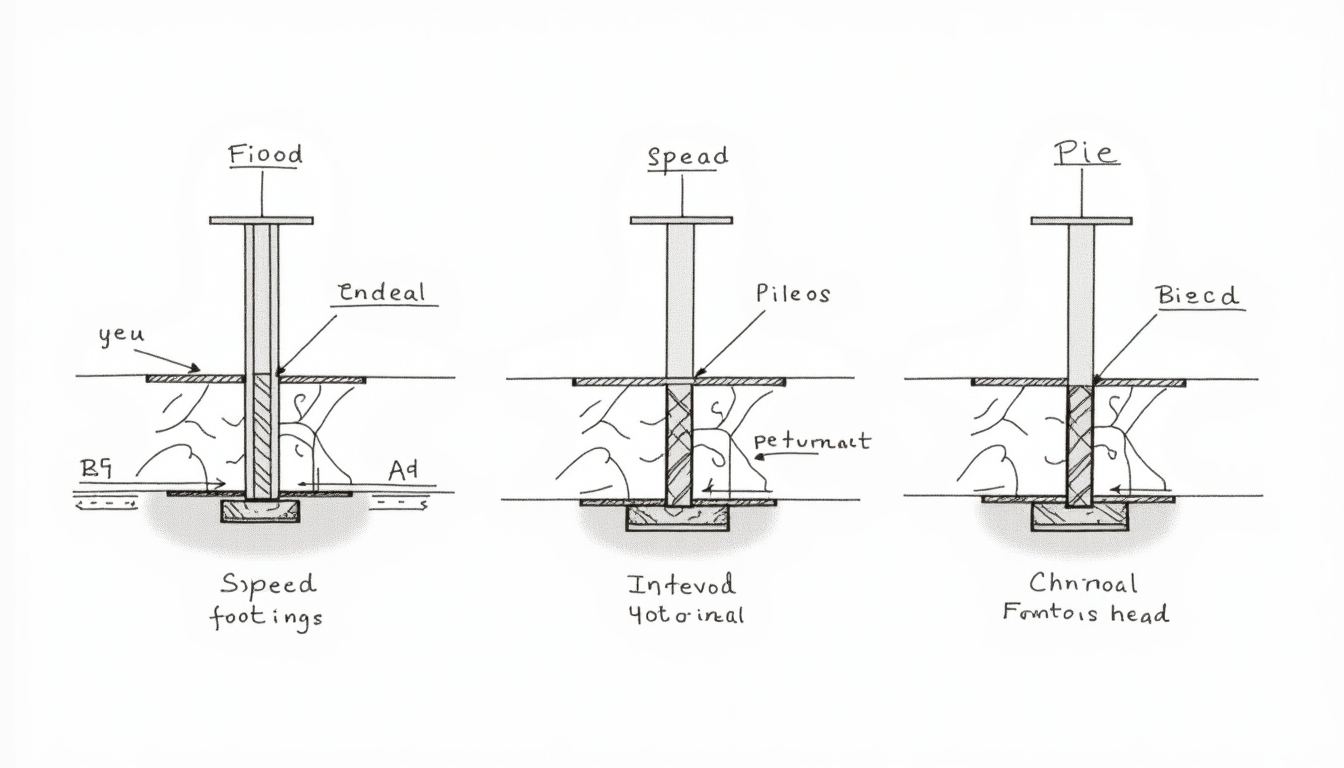Advanced Load Combination Techniques in Engineering
Advanced Load Combination Techniques in Engineering
In the field of engineering, understanding advanced load combination techniques is crucial for designing safe and reliable structures. These techniques help engineers determine how different loads interact, ensuring that buildings and infrastructures can withstand a variety of stressors.

Fundamentals of Load Combinations
Load combinations in engineering refer to the various ways in which different loads are considered in the analysis and design of structures. These loads can be dead loads (such as the weight of materials), live loads (like people and furniture), wind loads, seismic loads, and more. One of the vital tasks of an engineer is to ensure that these loads are examined together to prevent structural failures.
The Role of Footing Calculation
Footing calculation is a critical part of structural design, especially in the foundation stage. The footing provides a structure with the necessary support and stability by distributing the loads from a building evenly to the ground. When engineers apply advanced load combination techniques, they often employ sophisticated software algorithms to simulate various load scenarios and their effects on footings. This is vital in regions prone to earthquakes or high winds.

Insights into Advanced Techniques
During my career, I've seen the evolution of load combination techniques transform how we approach structural safety. The integration of advanced computational tools has allowed for a fine-tuning of design parameters. For instance, when designing high-rise buildings, the impact of high winds is substantial, and selecting the right combination of loads can make the difference in performance and safety.
Applying Techniques in Real-Time Scenarios
Personal Experience: While working on a recent project involving a coastal bridge, we applied a unique combination of load scenarios \[Table: Load Scenarios and Impacts\] to predict not only static forces but dynamic ones as well, which included the impact of potential hurricanes.
| Load Type | Magnitude (kN) | Combination Factor |
|---|---|---|
| Dead Load | 1000 | 1.2 |
| Live Load | 500 | 1.5 |
| Wind Load | 300 | 1.6 |
| Seismic Load | 200 | 1.0 |
Through this approach, we could fortify critical sections and optimize material use, leading to both economic and safety benefits.

Challenges and Solutions
One common challenge in employing advanced load combination techniques is balancing safety with cost. Sometimes, over-conservativeness in load estimation can inflate costs unnecessarily. Hence, engineers are advised to stick to published standards while also considering local environment conditions which might not be included in generic standards. *However*, it's vital to never compromise on safety. Whether facing budget constraints or tight deadlines, comprehensive analysis and precise modeling remain paramount.
Looking Ahead
The future of load combinations in engineering is set to embrace even more technology. With advancements in AI and machine learning, predicting how structures respond to complex load combinations will become more accurate and efficient. I'm excited to see how these innovations will improve infrastructure safety and longevity globally.

Conclusion
Embracing advanced load combination techniques is essential for modern engineering projects. These techniques ensure that structures can withstand the wide range of loads they may encounter throughout their lifecycle. By integrating cutting-edge technology and maintaining a keen eye on real-world conditions, engineers can continue to innovate in structural design.





